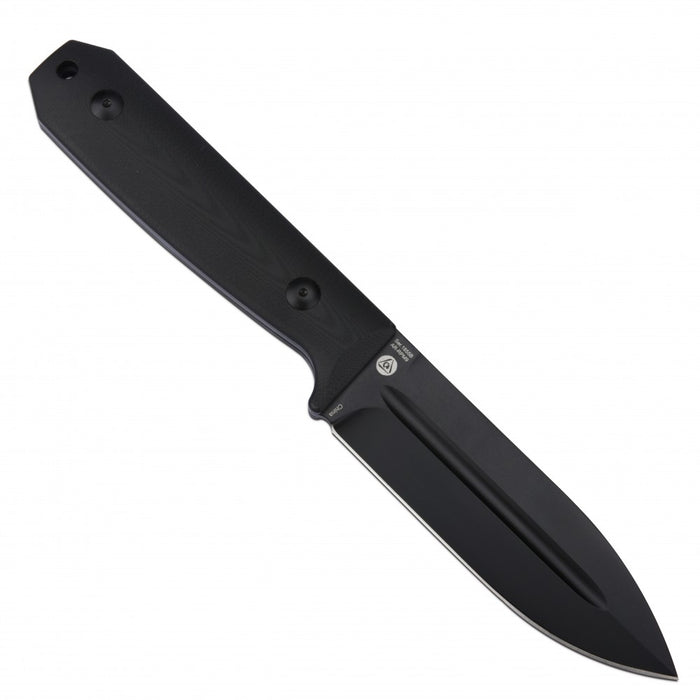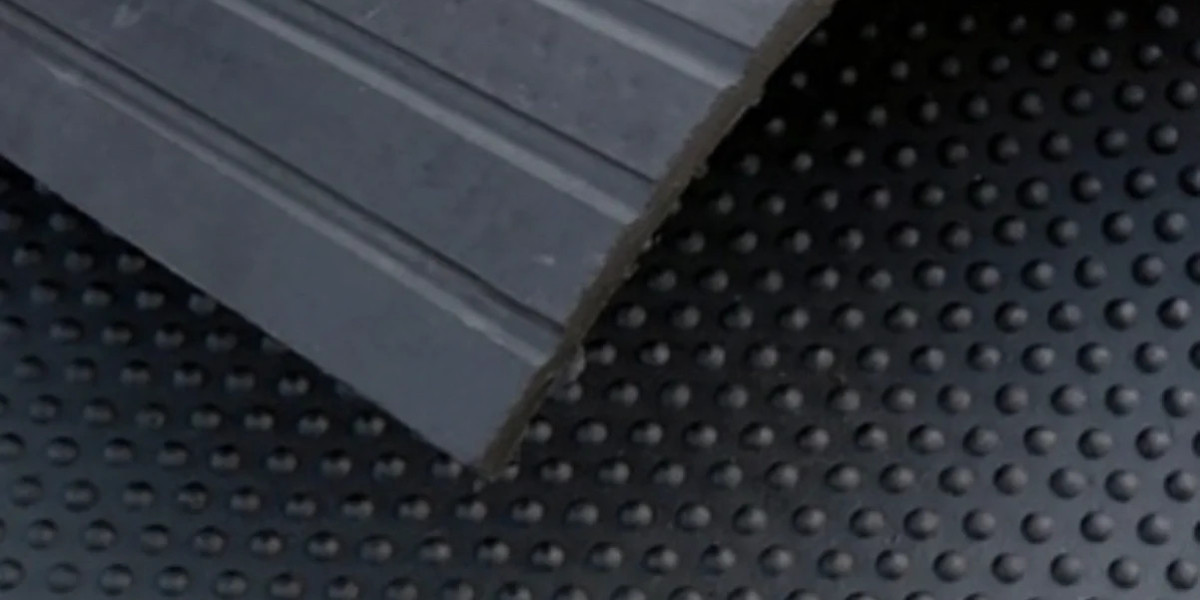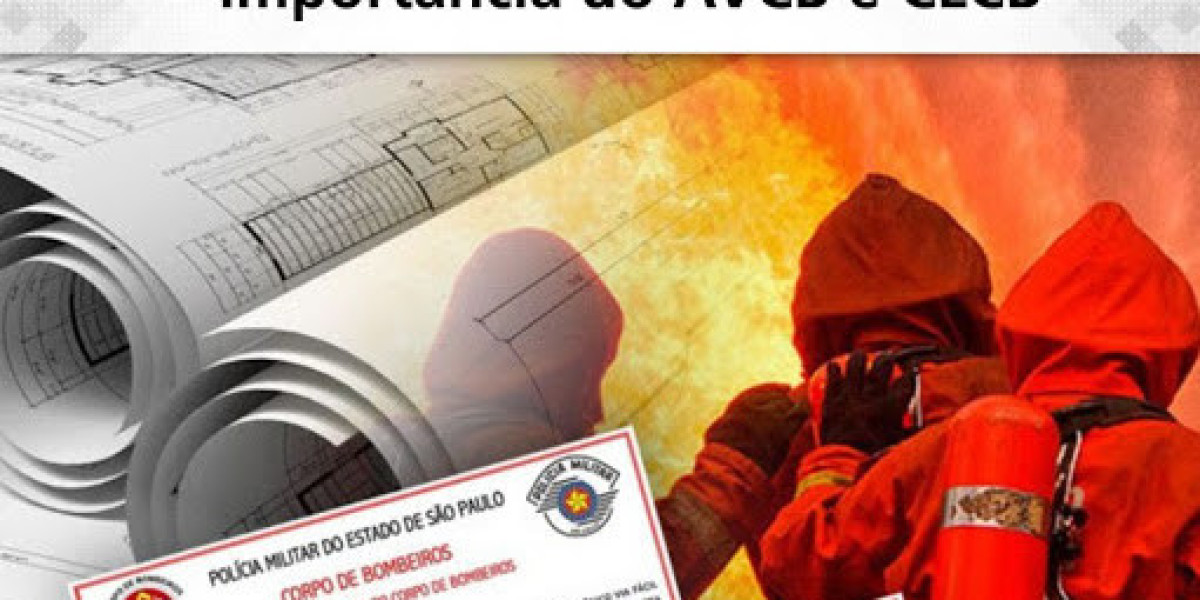Fixed blade knives are essential tools in various industries, including manufacturing, construction, and outdoor activities. These knives offer durability, strength, and versatility, making them a popular choice for professionals and enthusiasts alike. However, it is crucial to prioritize safety when handling and maintaining fixed blade knives to prevent accidents and ensure their longevity.

Proper Handling
When working with fixed blade knives, it is important to follow proper handling techniques to minimize the risk of injuries. Always hold the knife securely with a firm grip, ensuring your fingers are away from the blade. Avoid using excessive force or making sudden movements that may cause the knife to slip or lose control.
Furthermore, it is crucial to wear appropriate personal protective equipment (PPE) such as cut-resistant gloves and safety glasses when handling fixed blade knives. These protective gears provide an additional layer of defense against potential accidents.
Maintenance Tips
Maintaining fixed blade knives is essential to ensure their optimal performance and longevity. Here are some maintenance tips to keep in mind:
1. Cleaning
After each use, it is important to clean the knife thoroughly to remove any dirt, debris, or moisture that may have accumulated. Use a mild soap or detergent and warm water to clean the blade, handle, and sheath. Avoid using harsh chemicals or abrasive materials that may damage the knife's surface.
Additionally, make sure to dry the knife completely before storing it to prevent rust or corrosion. You can use a soft cloth or towel to remove any remaining moisture.
2. Sharpening
Regular sharpening is necessary to maintain the cutting edge of a fixed blade knife. There are various sharpening methods available, including using sharpening stones, honing rods, or electric sharpeners. Choose the method that suits your preference and follow the manufacturer's instructions for best results.
Remember to sharpen the knife at the appropriate angle to maintain its original bevel. A sharp knife not only improves cutting efficiency but also reduces the risk of accidents caused by a dull blade.
3. Lubrication
Applying lubrication to the blade and pivot points helps reduce friction and prevents rust or corrosion. Use a high-quality knife oil or lubricant specifically designed for blades. Apply a small amount of oil and distribute it evenly using a clean cloth or applicator. Be sure to wipe off any excess oil to avoid attracting dirt or dust.
4. Storage
Proper storage is crucial to protect the fixed blade knife when not in use. Store the knife in a dry and secure location, preferably in a sheath or a knife storage case. Avoid storing the knife in a damp environment or with other metal objects that may cause scratches or damage.
Remember to periodically inspect the knife for any signs of wear, such as loose handles or damaged blades. If any issues are detected, it is important to address them promptly to prevent further damage and ensure safe usage.
Safety First: Proper Handling and Maintenance Tips for Fixed Blade Knives in Industry David Williams
In conclusion, proper handling and maintenance are essential for the safe and efficient use of fixed blade knives. By following the recommended techniques and regularly maintaining your knife, you can minimize the risk of accidents and ensure its longevity. Remember to prioritize safety, wear appropriate protective gear, and store the knife properly when not in use.
References:
1. Safety.com - Knife Safety Tips
2. OSHA - Hand Tool Safety: Knives
3. National Shooting Sports Foundation - Knife Safety








